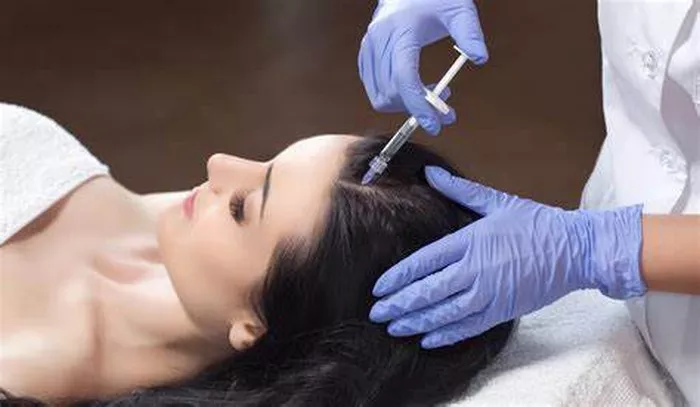A new study has demonstrated the potential of an advanced drug delivery system for treating androgenetic alopecia (AGA) by improving the effectiveness of finasteride, a common treatment for hair loss. The method, known as the Ultrasonic Hollow Microneedle Array (USHM), promises to enhance the transdermal delivery of finasteride while minimizing common side effects associated with oral administration, such as those affecting the prostate and sexual function.
The challenge with transdermal finasteride treatment lies in the skin’s structure, which often limits the drug’s absorption. To address this, researchers developed USHM, utilizing ultrasonic cavitation to create microchannels in the skin, thus enhancing the penetration and therapeutic effects of the drug.
In animal studies, USHM significantly accelerated hair regrowth in mice. Hair regeneration occurred one to two treatment cycles faster than with traditional microneedle delivery and up to three cycles faster than with topical application of finasteride.
Gene expression analysis via RNA sequencing revealed that USHM-mediated delivery of finasteride upregulated genes associated with keratin filaments, intermediate filaments, and the intermediate filament cytoskeleton—critical components for hair regeneration. This discovery suggests that the USHM system not only improves drug delivery but also promotes the biological pathways necessary for hair follicle growth and regeneration.
This breakthrough highlights the potential for USHM to expand the therapeutic applications of finasteride for treating androgenetic alopecia, offering a promising new strategy for non-invasive, effective hair regrowth treatments.
Related topics:
- Why Are So Many Young Women Convinced They’re Balding?
- Can Biotin Shampoo Boost Hair Growth? Here’s What Experts Say
- Does Whey Protein Cause Hair Loss? Understanding the Connection


